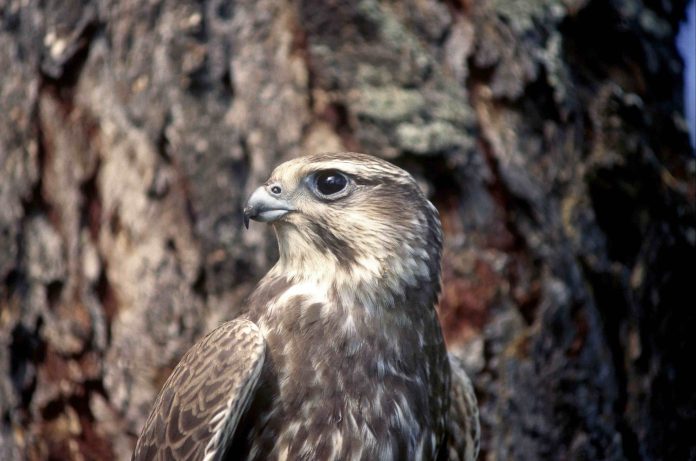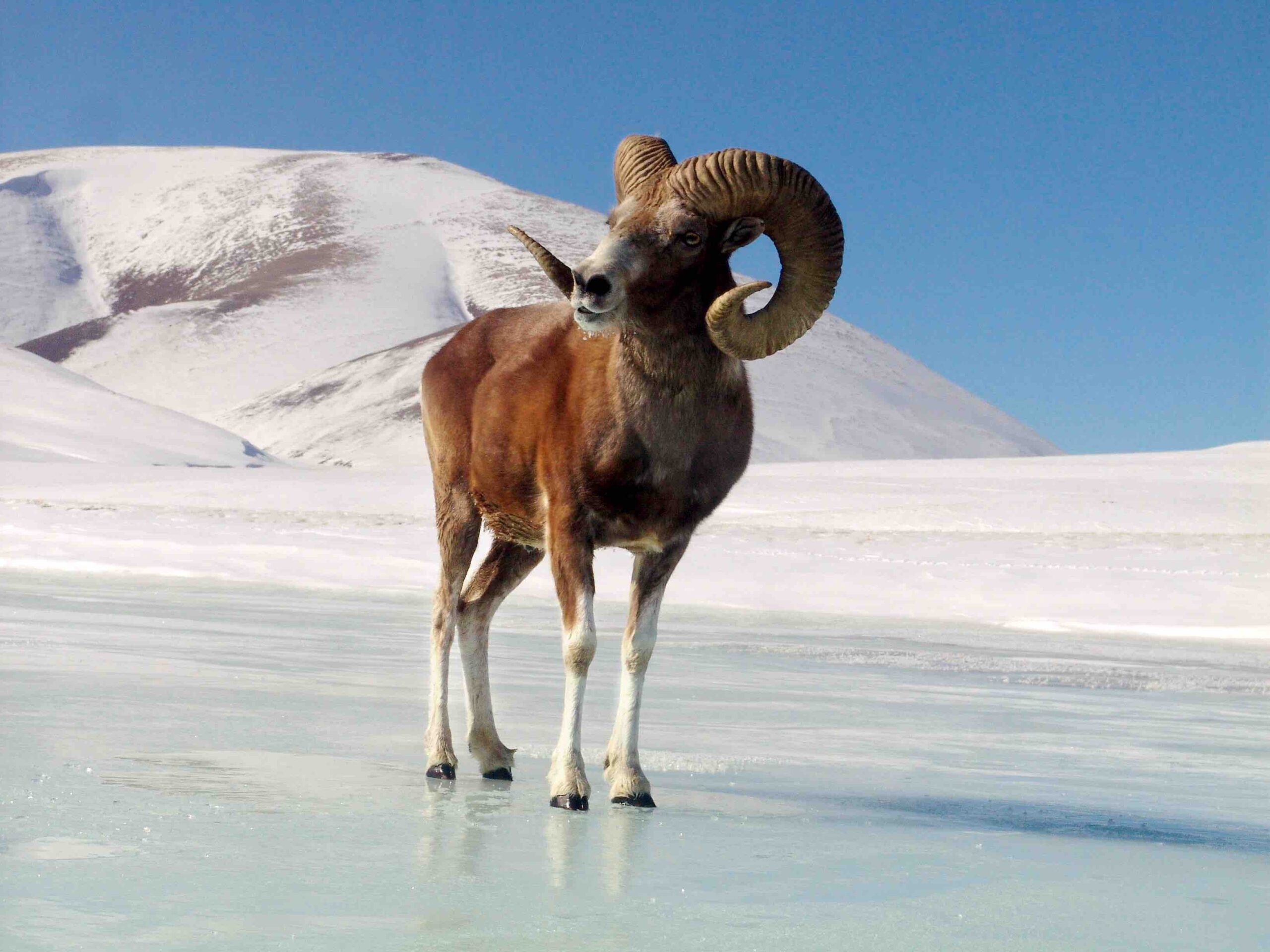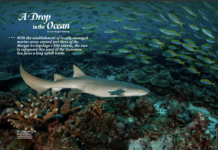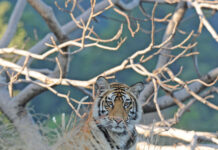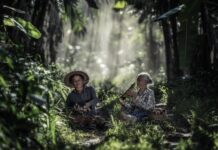Text and Photos Adrian Page
The introduction of the Black Act meant that death by hanging was a real prospect for those convicted of poaching wildlife such as deer, fish and hare on the royal estates of England.
The Black Act’s introduction in 1723 was partially due to an increasing amount of poaching taking place particularly in forests and on land owned by the English royalty. The act remained in existence for over a century before eventually being abolished in 1827. Globally, poaching has progressed since then, escalating beyond all recognition and in many cases, has become part of well-organised international criminal networks operating in the illegal wildlife trade.
Such a network invariably operates like a well-oiled machine, involving a chain of people in its field of operation – from those who collect the wildlife, such as the poachers, to those responsible for storage, transportation manufacturing, export and sales, and on to the end user. These organisations have also moved with the times in putting the World Wide Web to good use for various activities such as conducting online auctions and advertising.
Inadequate laws and lenient penalties help make this a low-risk business, and with the high returns the trade generates, there is little to deter these criminal networks from operating with scant regard for the consequences. Poachers, the “small fish”, tend to be the ones that are apprehended to face the consequences, while those at the helm remain scot-free to continue operating their illegal activities.
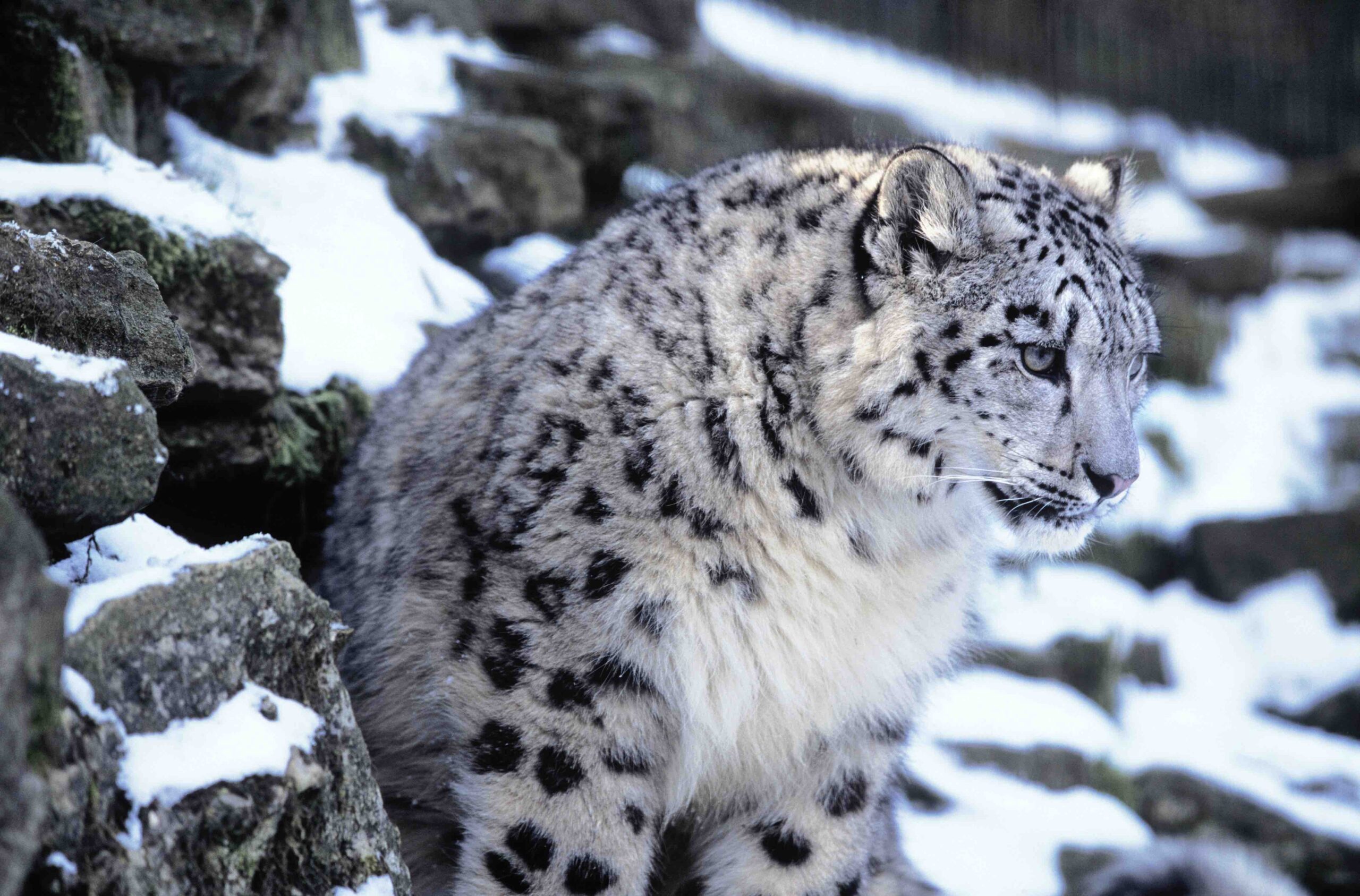
The international illegal trade in wildlife has become a multimillion-dollar business, which is having a catastrophic effect, not just on conservation, driving many species to the verge of extinction; it is also a catalyst in aiding the spread of invasive species and diseases, which threatens the well-being of animals, as well as human health. It is considered that in terms of volume traded, including flora and fauna, the illegal trade in wildlife is exceptional, only superseded by the illicit drugs trade and the illegal munitions trade. Yet it would seem that this international illegal trade is not considered a serious crime by the lawmakers and the judiciary.
The wildlife trade is not just an illegal activity – far from it. It is also very much a legal one – a growing multibillion-dollar industry that is fuelled by demand from an ever-increasing population, as well as by economics. Like the illegal trade, the legal aspect also involves a vast variety of species of flora and fauna for many purposes, from food and medicine to fashion, tourism, sport, pets and more. However, unlike its counterpart, the legal trade has to operate by strict laws and guidelines set in place so that this trade is conducted in a sustainable manner, without a negative impact on the ecosystem.
Monitoring the activity of the international wildlife trade, both legal and illegal, is a mammoth task, especially for those responsible for assuring flora and fauna entering or exiting across borders either by land, sea or air are bona fide. Asia is certainly no exception, with the borders of many nations stretching from China to external borders of the European Union (EU). Borders are like links in a chain. Border control authorities conducting stringent checks help keep the chain and wildlife controls intact. Any absence of this, the weakest link becomes exploited, allowing the illegal trade to flow undetected almost at will. Asia has a huge, diverse variety of flora and fauna, much of which flows – one way or another – across its borders.
The EU rests on the “edge” of Asia, with a mere border dividing them. As such, the EU has evolved to be a major destination for wildlife, with millions of animals and plants being imported each year, much of which originates in Asia. It is estimated that in 2009 the legal trade in wildlife products into the EU alone was close to €100 billion (US$134 billion). Now, new concerns have arisen for border control authorities following a recent investigation by wildlife trade monitoring organisation TRAFFIC, a non-government organisation that specialises in a range of activities to ensure species associated with the wildlife trade are not traded beyond their conservation status.
“It all began back in 1976,” explains an enthusiastic Dr Richard Thomas, TRAFFIC’s Global Communications Co-coordinator. “TRAFFIC really grew out of curiosity when it became apparent that there was an extremely large ivory market in Japan and that an awful lot of elephants were being slaughtered to supply that market. However, there was very little about the dynamic – who was buying the ivory, where it was sourced, and so on.
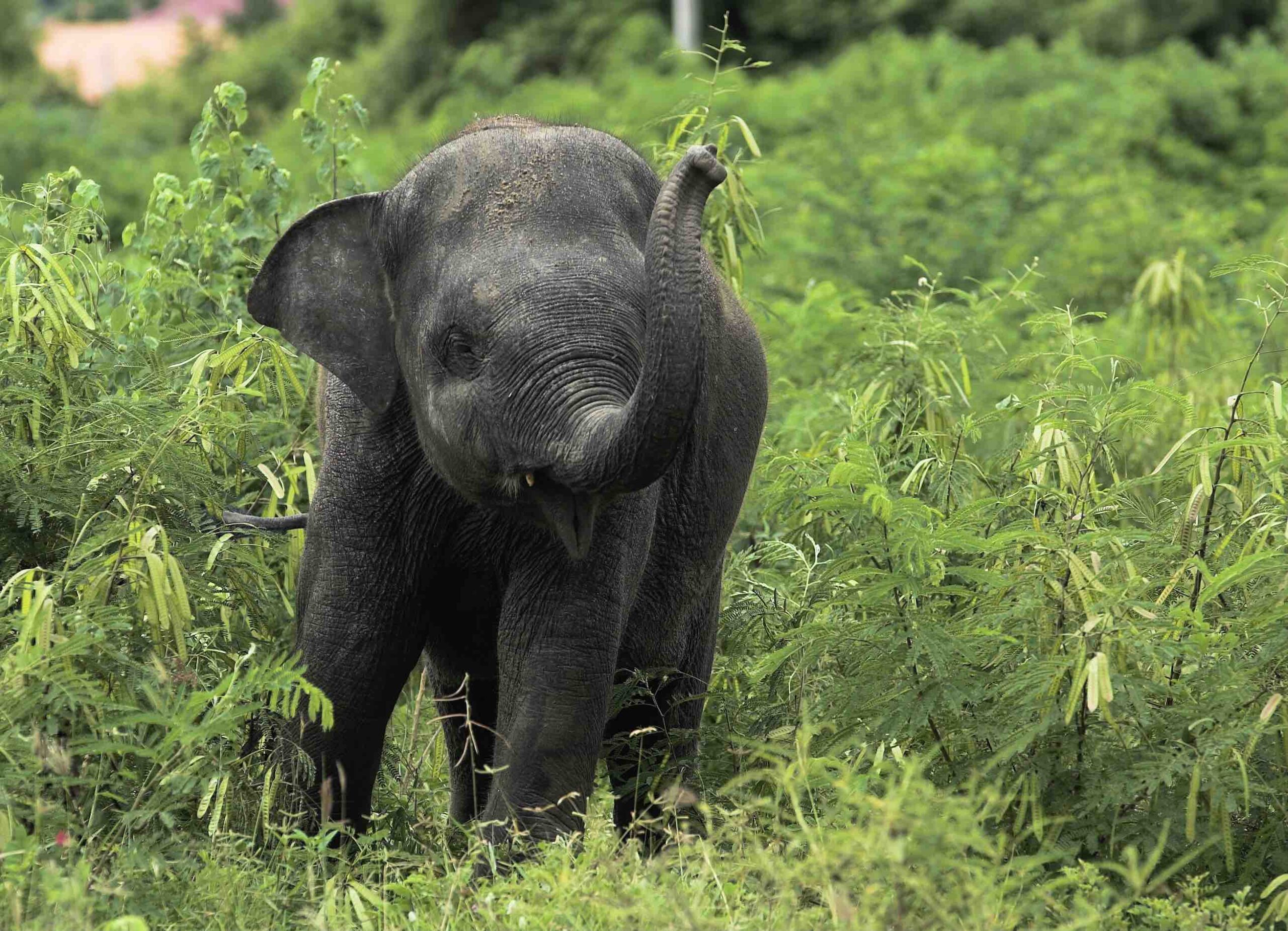
“TRAFFIC developed from there into a worldwide organisation. Now, we have offices on every continent except Antarctica. The core of our work is about maintaining sustainability in the wildlife trade.”
TRAFFIC’s dedicated staff has proved over the years to produce reliable, impartial information, which is backed up by hard research, much of which has been acquired first-hand. Recently, TRAFFIC’s attention has been drawn to new challenges facing the control of the wildlife trade in a region, which is home to a rich array of wild fauna and flora, including the snow leopard, saiga antelope, musk deer, argali, saker falcon, gyrfalcon, sturgeon, and many endemic species of flora in the Caucasus.
The Eurasian Customs Union (ECU) in Central Asia – comprising Belarus, Kazakhstan and Russia – is now forming the Eurasian Economic Union (EEU), which comes into effect on the January 1, 2015. A free trade zone with open internal borders between member states will be created with only an external border to control the flow of trade.
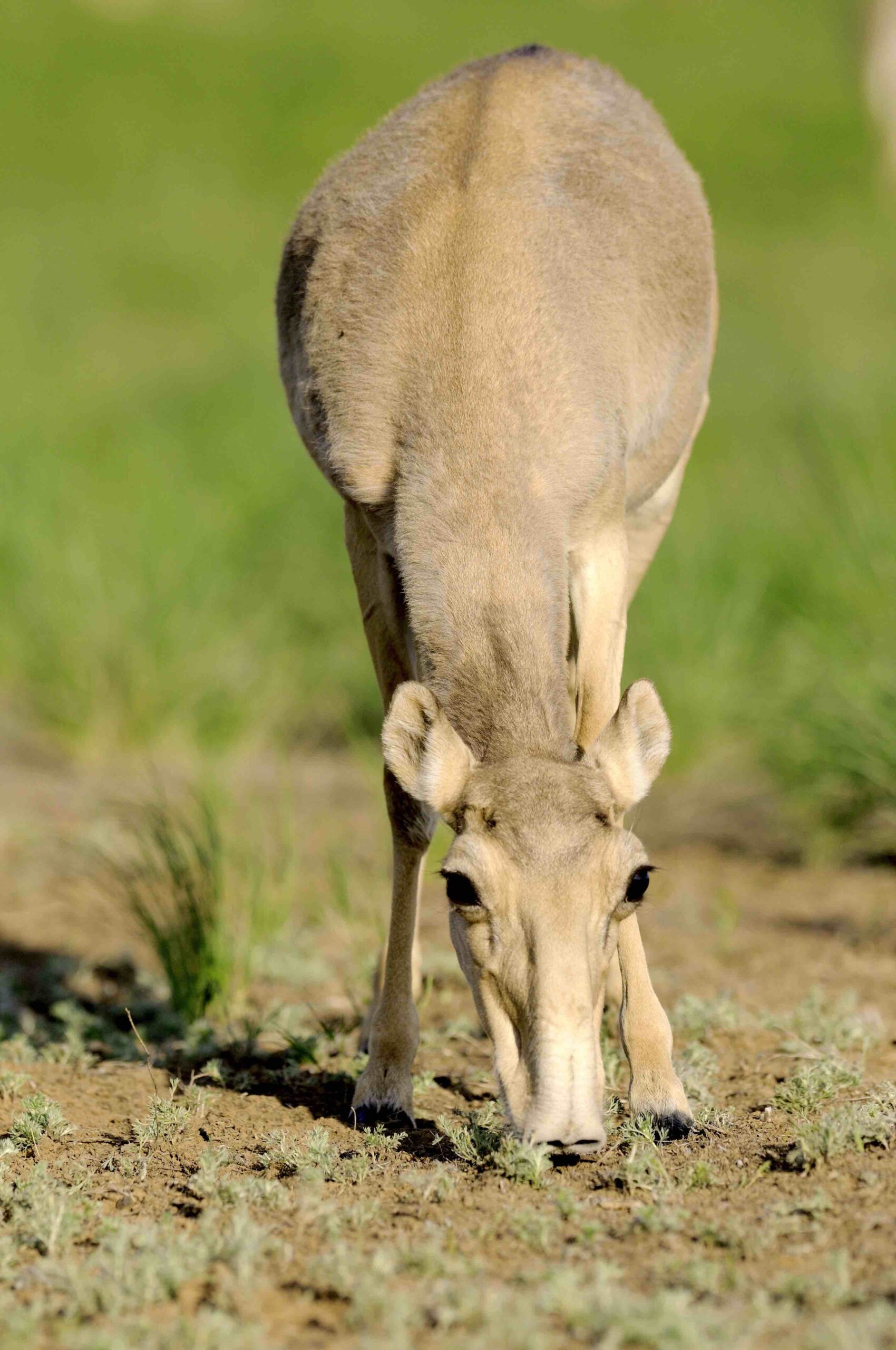
This is a vast area covering approximately 15 percent of the Earth’s surface and just like the EU it is set to expand, with Armenia, Kyrgyzstan and Tajikistan joining in the not-too-distant future. “The geographical position permits us to create transport, logistic routes of not only regional, but also global importance that permits attracting massive trade flows in Europe and Asia,” noted Russian President Vladimir Putin.
For TRAFFIC, though, it is a concern. A recent report from TRAFFIC stated: “The removal of wildlife trade controls at the internal borders means species listed under CITES can be traded freely within the ECU. To prevent this having negative impacts on the management and control of the wildlife trade in the region, a highly organised and coordinated approach needs to be taken by ECU member countries. This is a complex issue for CITES. Just because this is an open customs union, it does not mean that CITES does not apply. It does, through all these States separately.”
CITES – The Convention on International Trade in Endangered Species of Wild Fauna and Flora – is an international agreement between governments to ensure that international trade in both fauna and flora does not threaten their survival.
The 25th anniversary of the largest and longest running dive show, Asia Dive Expo (ADEX) is set to occur on the 11-14th April 2019. Centred on the theme – Plastic free Future, ADEX is more than just a dive show with its commitment to the environment. Among an exciting lineup of programs, attendees can look forward to a Future Forward Series of Panel Discussion on the Single-Use Plastic Conundrum in Asia, on 13th April.
So join us at the event, get inspired and for all you know, you might just liberate the inner diver in you! More details of the event here.
For the rest of this article (Asian Geographic No.107 Issue 4 /2014 ) and other stories, check out our past issues here or download a digital copy here


